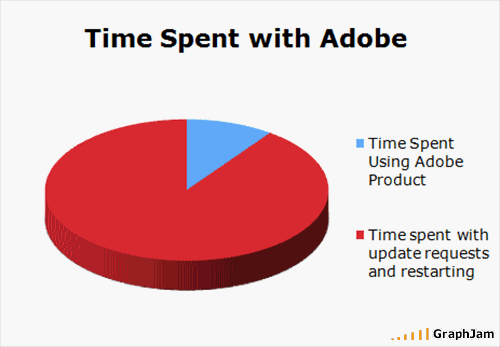| By Tammy Parker |
Hurricane Sandy's brought down numerous commercial cell sites on the Northeastern seaboard and may have highlighted a glaring flaw in plans for the nationwide public-safety mobile broadband network.
In a Sept. 25 presentation, Craig Farrill, First Responder Network Authority board member, advocated for creating a diverse nationwide public-safety LTE network composed of multiple wireless networks, including commercial cellular networks, in order to facilitate widespread coverage quickly.
However, those commercial cellular networks are the same ones that failed during Sandy due to a host of issues: downed towers, widespread electrical outages, flooded generators and drained backup batteries. One quarter of all cell sites across 10 states were estimated to have been disabled, at least temporarily, by the storm.
"These networks failed when we would have needed them most," said Charles F. Dowd, a deputy chief who oversees the New York Police Department's communications division and is a member of the FirstNet board. "The idea of using commercial networks is a real concern for public safety," he told the New York Times.
Other FirstNet board members who visited New York after the hurricane "clearly saw the difference between the performance of commercial and public safety networks," said Dowd. "They knew the new system cannot be built to commercial standards. It has to be at a higher level of redundancy and survivability."
But building a nature-proof network would be costly as well as nearly impossible. "To think that you can build a network that can withstand anything and everything that Mother Nature throws at it is a bit unrealistic," said Bill Smith, president of AT&T (NYSE:T) Network Operations, according to the New York Times. "It's not impossible, but it would be incredibly expensive."
Meanwhile, millions of dollars in federal grant money are sitting unused while local agencies hold off on plans to build out their own LTE networks at the behest of the U.S. Department of Commerce, which grew concerned in May that the networks those jurisdictions were planning might not be compatible with the future nationwide network.
In July, the FCC announced the 21 jurisdictions that received public-safety broadband waivers in May 2010 allowing them to lease 700 MHz spectrum from the Public Safety Spectrum Trust (PSST) would see those rights expire on Sept. 2, after which the entities needed to acquire a six-month special temporary authority (STA) from the FCC to continue operating. Only the state of Texas has been awarded an STA to use its PSST spectrum.
"You can't expect local governments to just sit there and not use resources for several months while the federal government tries to make a decision on how to proceed," Barry Fraser, interim general manager for the Bay Area Regional Interoperable Communications Systems Authority in California, told the New York Times. "I don't know how much longer we can keep all of them on board."
|





